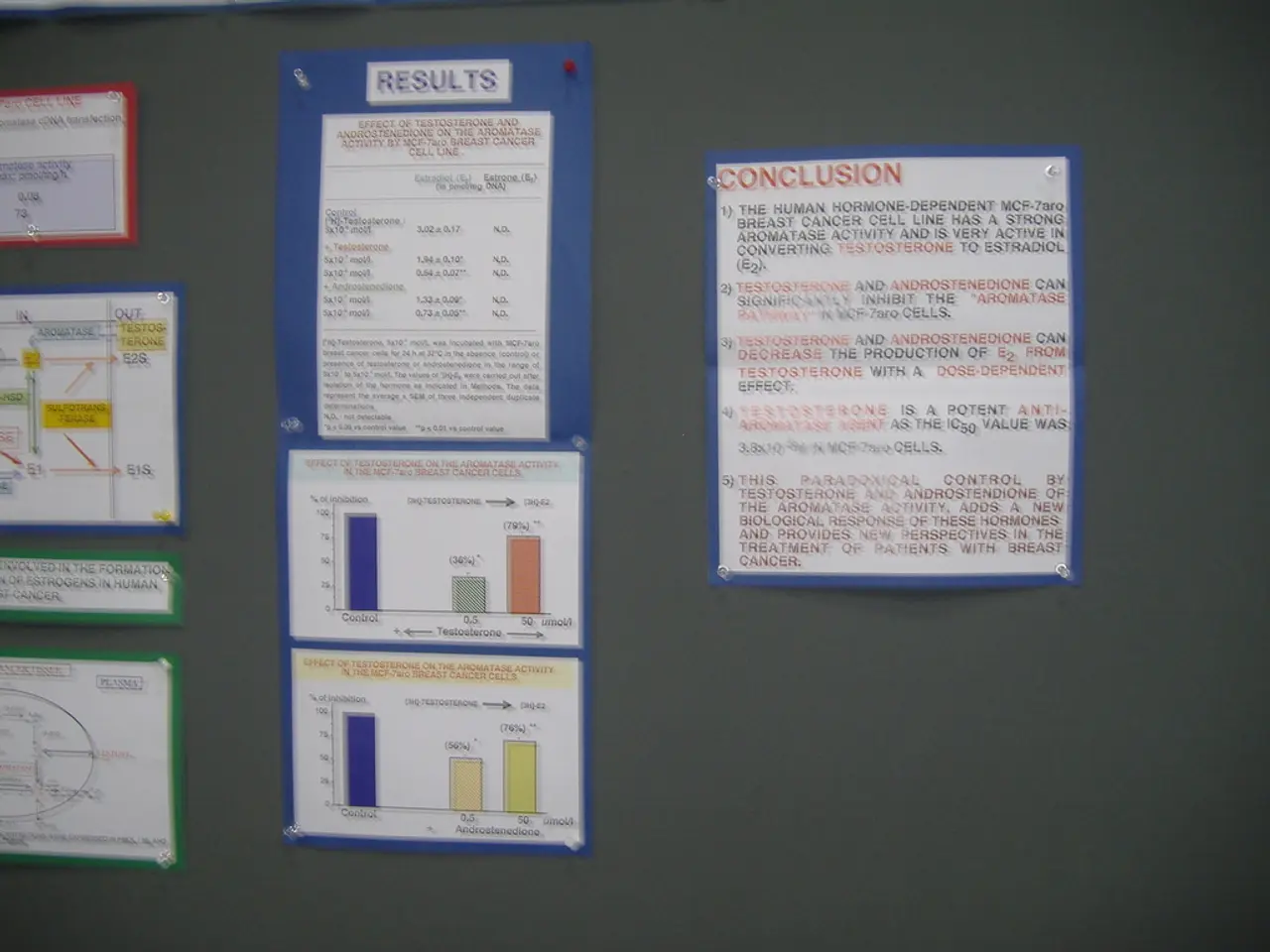Classification Model | Information Retrieval from Large Datasets
In the realm of data mining and machine learning, ensemble learning techniques have emerged as a powerful tool for enhancing predictive performance. These methods integrate multiple base models to create more accurate, stable, and generalizable models.
Bagging, boosting, and stacking are three popular ensemble learning strategies that address different types of errors, thereby complementing each other.
Bagging, or Bootstrap Aggregating, improves robustness and predictive accuracy by averaging predictions from multiple parallel-trained models. This method reduces variance and makes the model less sensitive to noise or outliers, a quality that is particularly useful in methods like Random Forest, which uses bagging with decision trees. Bagging is easily parallelizable and works well with high-variance base learners.
Boosting, on the other hand, sequentially builds models that focus on the hardest-to-predict examples by reweighting data points. This approach effectively reduces bias and creates a strong predictive model from many weak learners. However, boosting can be more sensitive to outliers and is typically slower due to its sequential nature. Popular boosting methods include AdaBoost and Gradient Boosting Machines (GBM).
Stacking, a more advanced ensemble technique, uses a higher-level model (meta-learner) to combine the predictions of multiple base learners. This meta-model learns how to best weight or blend these predictions, often improving predictive performance and generalization substantially. Stacking can mix different model types for greater diversity and often captures patterns missed by individual models.
Ensemble learning techniques address three key challenges in machine learning: statistical, computational, and representational problems. In the statistical problem, ensembles reduce the risk of a single model not generalizing well when the set of possible models is too large for the available data. In the computational problem, ensemble learning mitigates the issue when algorithms cannot efficiently find the optimal model by combining several approximate solutions. In the representational problem, ensembles can combine multiple models to better approximate complex target functions when the true function is not present in the set of base learner.
However, ensemble learning techniques require more computational resources, make deployment or debugging more difficult, and have longer training times. Despite these drawbacks, their benefits in terms of improved predictive performance and generalization make them an invaluable asset in data mining tasks.
References:
[1] Breiman, L. (2001). Random Forests. Machine Learning, 45(1), 5-32. [2] Freund, Y., & Schapire, R. E. (1996). Experiments with a new boosting algorithm. Advances in Neural Information Processing Systems, 8, 1179-1186. [3] Friedman, J. H. (2001). Greedy Function Approximation: A Gradient Boosting Machine. Annals of Statistics, 29(5), 1189-1232. [4] Kuncheva, S. (2004). A survey of ensemble learning methods. ACM Computing Surveys, 36(3), 277-314.
- In the realm of data mining and machine learning, trie data structures can be utilized to efficiently store and search large sets of data for algorithms like stacking, thereby optimizing capabilities in ensemble learning techniques.
- Technology advancements in data-and-cloud-computing have enabled the implementation of various algorithms, such as those used in bagging, boosting, and stacking, making education-and-self-development in the field of machine learning more accessible for individuals seeking personal-growth and career advancement.
- Personal-growth and continuous learning are crucial for mastering advanced ensemble learning strategies like stacking, as it leverages techniques like feature selection and cross-validation to deliver optimal predictive performance.
- Upon comprehending ensemble learning methods like bagging, boosting, and stacking, one can better grasp how algorithms construct more accurate, stable, and generalizable models, enhancing their understanding of data mining and machine learning.




